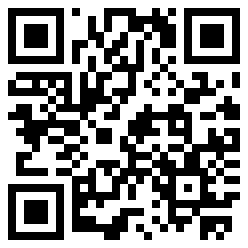 I’ve been following the Twitter stream from the ASHP Midyear in Tampa (#ashpsm10). Sunday morning I saw a Tweet from Karl Gumpper come through the ticker stating “ASHP Statement on Barcode on Inventory, Compound & Dispense approved by House of Delegates.†That’s a good thing.
I’ve been following the Twitter stream from the ASHP Midyear in Tampa (#ashpsm10). Sunday morning I saw a Tweet from Karl Gumpper come through the ticker stating “ASHP Statement on Barcode on Inventory, Compound & Dispense approved by House of Delegates.†That’s a good thing.
The ASHP Statement on Bar-code Verification During Inventory, Preparation, and Dispensing of Medications can be found here. I re-read the paper Monday morning. There is a lot of good information throughout the document, but I one paragraph in particular caught my attention. “In addition, for BCMA to function, a vast majority of doses must be accurately bar coded, meaning there must be a highly reliable relationship between the information in the bar code and the contents of the dose. Additionally, the bar code must be readable by commercially-available scanners. Although doses delivered directly from manufacturer-labeled packages generally meet these conditions, there are numerous drug products that may not.†This makes sense as a bar-code is useless if it can’t be easily read by a scanner. And believe me when I say that we find our fair share of bar-codes that don’t want to cooperate. The same can be said for bar-code scanners. I’ve heard people say that almost any of the new bar-code scanners today will do the job. I humbly disagree as I’ve had the misfortune of using some awful bar-code scanners on our way to settling on those currently used in our facility. Some of it is personal preference, but some of it is quality of the device. I’ve written about my opinion for consistency with scanning hardware before.